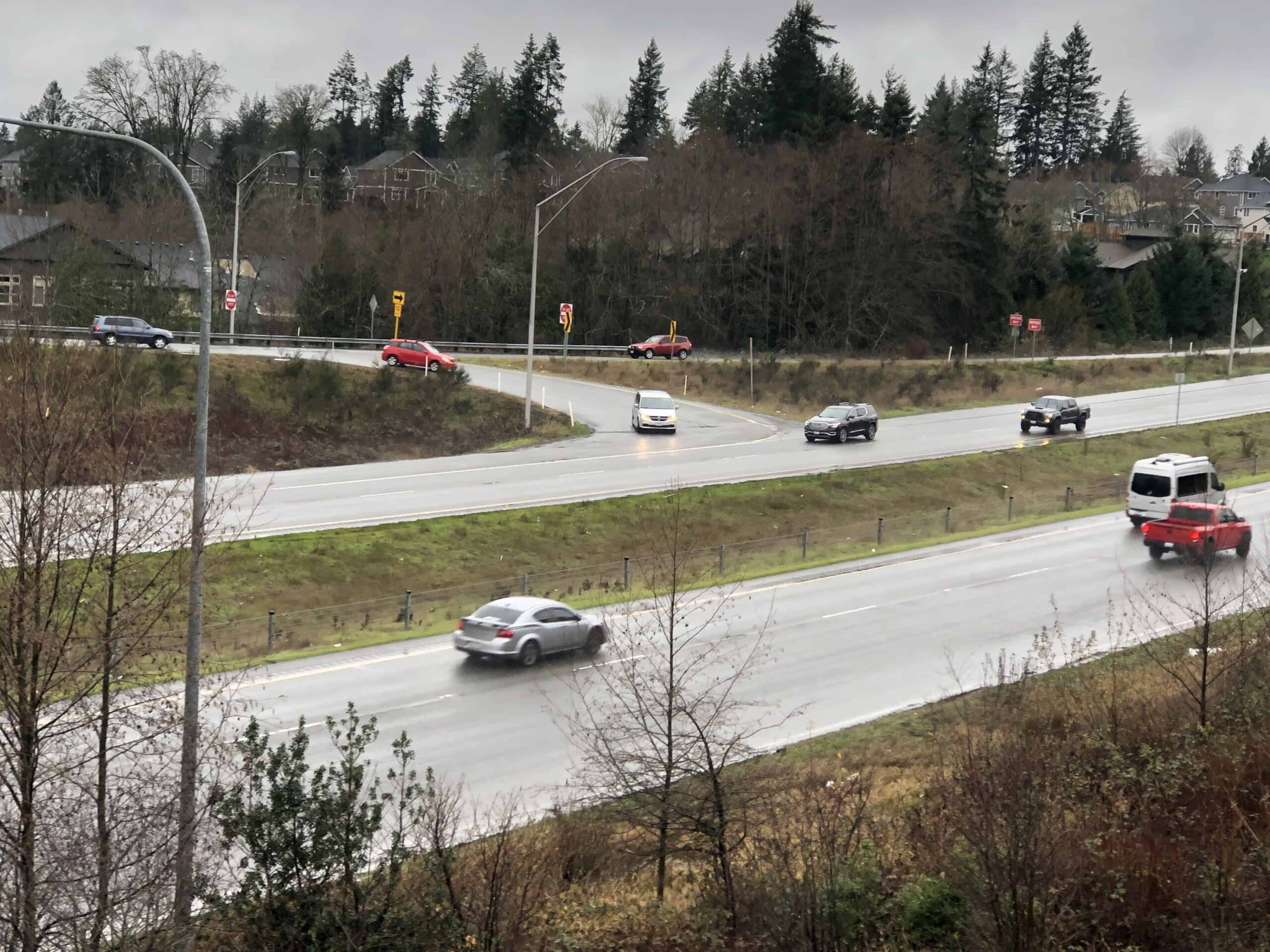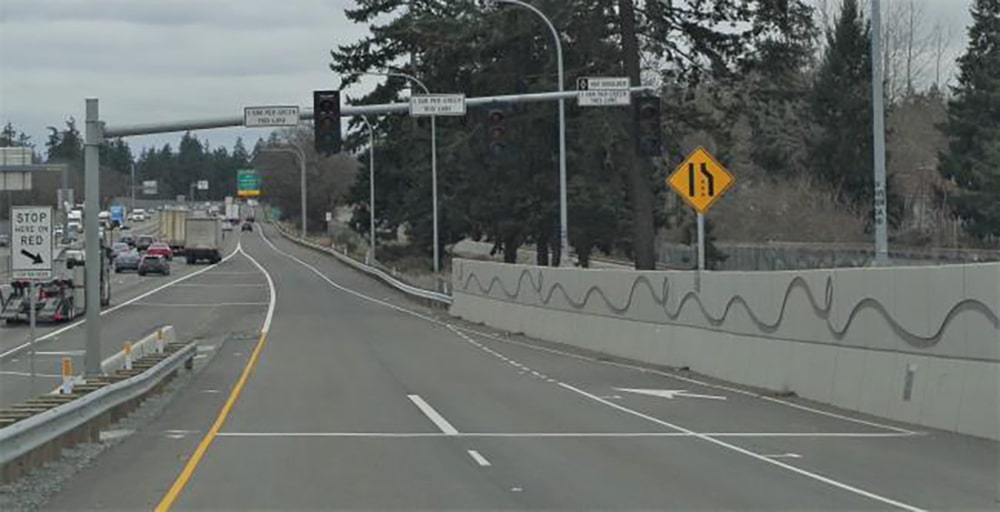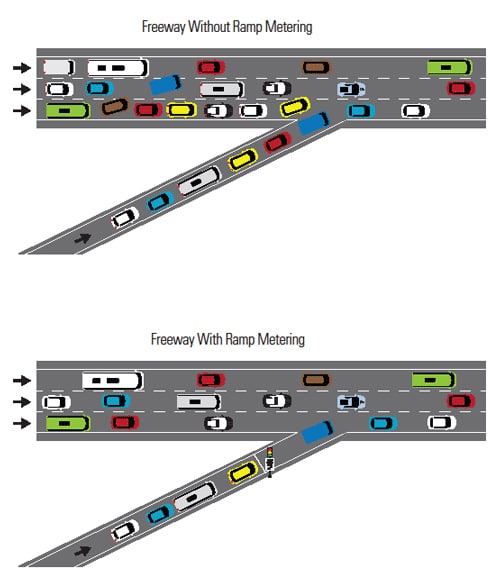Community Transportation
Ramp meters on eastbound Highway 16 on-ramps to be activated soon
Correction: This story has been updated to correct an error. The ramp meters were used for a short period before being de-activated.
The Washington state Department of Transportation will activate ramp meters, which control traffic merging onto a freeway, starting Oct. 16 at Gig Harbor’s onramps to eastbound Highway 16.
The meters are already in place at the onramps to eastbound 16 at Highway 302, Burnham Drive, Wollochet Drive, Olympic Drive and 36th and 24th streets, according to a release from WSDOT. They were installed at least 17 years ago, used briefly during construction of the second Narrows Bridge, then de-activated.
Recent software improvements make it possible to start using the meters again, the department said in a news release.
The meters are in place only on the ramps to eastbound Highway 16, or toward Tacoma. WSDOT has no meters on the corresponding westbound ramps, or toward Port Orchard.

The onramp from Wollochet Drive to eastbound Highway 16 will soon be metered, the Washington state Department of Transportation announced.
What are ramp meters?
Ramp meters are traffic signals, installed on on-ramps, that control when vehicles may merge onto the highway. Cars pull up to a white line painted on the pavement, wait for the light to turn green, then merge.
They are already in use in numerous places around the state, including elsewhere on Highway 16, on Highways 512 and 167, and on Interstate 5. But these will be the first on the Gig Harbor side of the Narrows Bridge.
“Reducing the rate of vehicles entering the freeway helps to reduce congestion by not allowing as many cars into the same space at the same time,” according to information on WSDOT’s Ramp Meters website, “and can help to reduce merging issues that occur when a large number of vehicles try to merge into a lane that is already mostly full.”
The meters won’t be active all the time. Software will detect periods of heavy traffic and activate the meters when necessary.

A ramp meter on Interstate 5. A similar device will soon be activated on the onramps to eastbound Highway 16 in Gig Harbor.
Ramp meter benefits
Ramp meters are designed to keep traffic moving on the highway.
Unmetered ramps typically see several vehicles trying to merge onto the highway at the same time. Drivers on the freeway brake to allow in the surge of merging vehicles, slowing things down for everyone.
“When an on-ramp is metered, only one vehicle is trying to merge, which is more comfortable for drivers on the freeway to accommodate,” according to WSDOT. “It reduces how often and how much drivers slow down for the merging traffic—resulting in fewer disruptions to freeway traffic, including slowdowns and collisions.”
With fewer traffic backups on the freeway, ramp meters can also reduce pollution.
“Eliminating prolonged periods of stop-and-go conditions due to congestion can reduce vehicle emissions and fuel consumption on the freeway,” according to Federal Highway Administration information from 2020. (The administration also notes that some cars will be idling at the ramp meter.)

A Federal Highway Administration graphic attempts to show the benefits of ramp meters.
Why now?
WSDOT said recent software upgrades allowed the agency to bring the existing ramp meters online.
“That’s the beauty of the new software,” WSDOT spokeswoman April Leigh said. “This will only turn on when there’s a need to on eastbound 16. We have that ability now, which is great.”
The department promised to monitor the meters once they launch to make sure everything is working properly.
Ramp meters at the South Sprague Avenue ramp to eastbound Highway 16 in Tacoma will turn on at the same time.

